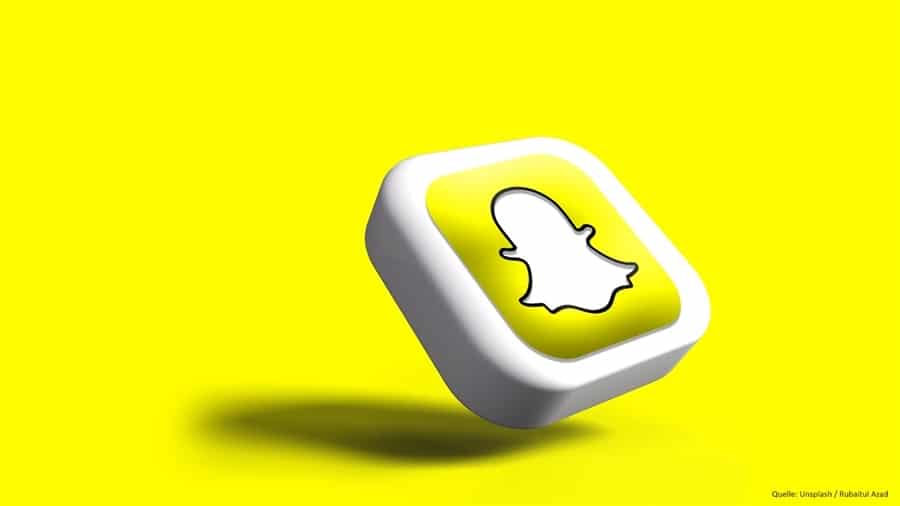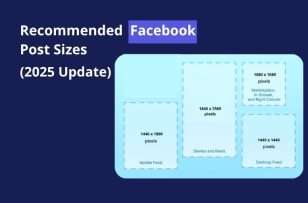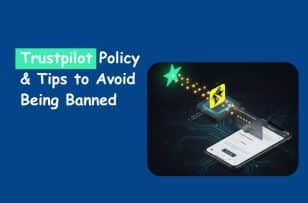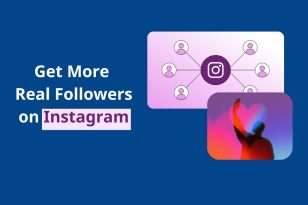In 2025, the debate between WhatsApp vs Snapchat is still alive — not because one replaces the other, but because they serve completely different social purposes.
WhatsApp dominates as a universal messaging platform — used by families, friends, and businesses across the world. Meanwhile, Snapchat thrives as a visual-first app loved by Gen Z for its disappearing messages, filters, and casual interactions.
Both apps are free, global, and built around connection — yet their core features, audience, and purpose couldn’t be more different.
This guide breaks down what makes WhatsApp and Snapchat unique, compares their strengths and weaknesses, and helps you decide which one fits your lifestyle best in 2025. You can read more on Orichi’s Blog.

“After a decade of saving every photo, people are turning to apps that let them forget — Snapchat is that trend.” — Hans Blecke, Quora
Differences Between WhatsApp and Snapchat
While both WhatsApp and Snapchat connect people instantly, they’re built for completely different purposes.
Below is a breakdown of how they differ in functionality, audience, and experience.
| Feature | Snapchat | |
|---|---|---|
| Primary Purpose | Messaging & communication | Visual sharing & storytelling |
| Message Duration | Permanent (saved until deleted) | Temporary (disappears after view or 24h) |
| User Base | All ages, global audience | Mostly Gen Z & young adults |
| Registration | Requires phone number | Username only |
| Main Content Type | Text, calls, docs, media | Snaps, stories, filters |
| Business Use | Supported via WhatsApp Business | Not designed for business |
| Security | End-to-end encryption | Ephemeral privacy (auto-delete) |
| File Sharing | Up to 2GB | Limited (mostly images/videos) |
| Backup & Sync | Cloud backups available | No backup (content vanishes) |
| Use Frequency | Daily communication | Casual sharing, occasional use |
Summary:
- WhatsApp is ideal for consistent, professional, and family communication.
- Snapchat shines in casual, creative, and privacy-driven social sharing.
- The choice depends on whether you value permanence or spontaneity.
“WhatsApp is a messenger; Snapchat is a moment.” — concise way to remember the difference
What Makes WhatsApp So Popular?
WhatsApp remains one of the most-used messaging apps in the world, with over two billion active users. Its success lies in simplicity, reliability, and global accessibility.

1. Free Global Messaging
WhatsApp allows users to send unlimited texts, images, and videos without paying SMS fees. Because it works over the internet, it connects people across countries and carriers — perfect for families and businesses with international contacts.
“WhatsApp works across carriers, countries, and messaging protocols because it’s all internet-based.” — Reddit user wolfiewu
2. Privacy and Security (End-to-End Encryption)
One of WhatsApp’s strongest points is end-to-end encryption (E2EE). Only the sender and recipient can read the messages — not even WhatsApp itself. This makes it one of the most trusted apps for secure personal and professional conversations.
3. WhatsApp Business for Marketing & Customer Support
With the WhatsApp Business app, companies can create profiles, use automated replies, broadcast lists, and even integrate chatbots.
It’s become a crucial marketing and customer service tool, especially in countries like India, Brazil, and Vietnam.
4. Universal User Base
Unlike Snapchat, which is popular mostly among Gen Z, WhatsApp is used by all age groups — from teens to grandparents. Its clean interface and chat history make it accessible for anyone.
“Where Snapchat is for close friends, WhatsApp is even for grandmas.” — Jolanda Gooiker, Quora
5. Consistent User Experience
WhatsApp’s design focuses on long-term conversations. Chats stay saved unless deleted, making it ideal for ongoing discussions, project coordination, or simply keeping memories.
What Makes Snapchat Unique?
Snapchat isn’t just another chat app — it’s a visual storytelling platform built for quick, spontaneous interactions. While WhatsApp focuses on reliable communication, Snapchat focuses on creativity, fun, and privacy through ephemerality.

1. Disappearing Messages and Photos
The core of Snapchat is its temporary content. Messages, photos, and videos disappear after being viewed or within 24 hours.
This makes conversations feel private and less pressured, encouraging users to share freely without worrying about long-term visibility.
“Snapchat is easy to use… the messages disappear after a while. We just share snapshots of our daily lives.” — Reddit user ChaoticxSerenity
2. Fun and Creative Visual Tools
Snapchat’s signature feature is its filters, lenses, and AR effects. These playful tools make sharing moments — even mundane ones — exciting and personal.
It’s also a popular choice for self-expression and casual connection rather than serious texting.
3. No Phone Number Required
Unlike WhatsApp, you don’t need someone’s phone number to connect on Snapchat — just their username.
This makes it appealing for celebrities, creators, and casual connections who want to keep their privacy intact.
4. Designed for Low-Pressure Interaction
Snapchat lowers the social pressure of constant texting. You can send a snap about your day — a coffee, a pet, a sunset — without expecting a reply.
This “light” interaction model makes it ideal for people who want to stay in touch without deep conversations.
5. Privacy and Control
While messages disappear, users can still choose what to keep (e.g., by taking a screenshot or saving a chat).
Snapchat’s ephemeral design aligns with modern digital habits — people want to connect, then move on.
![]()









